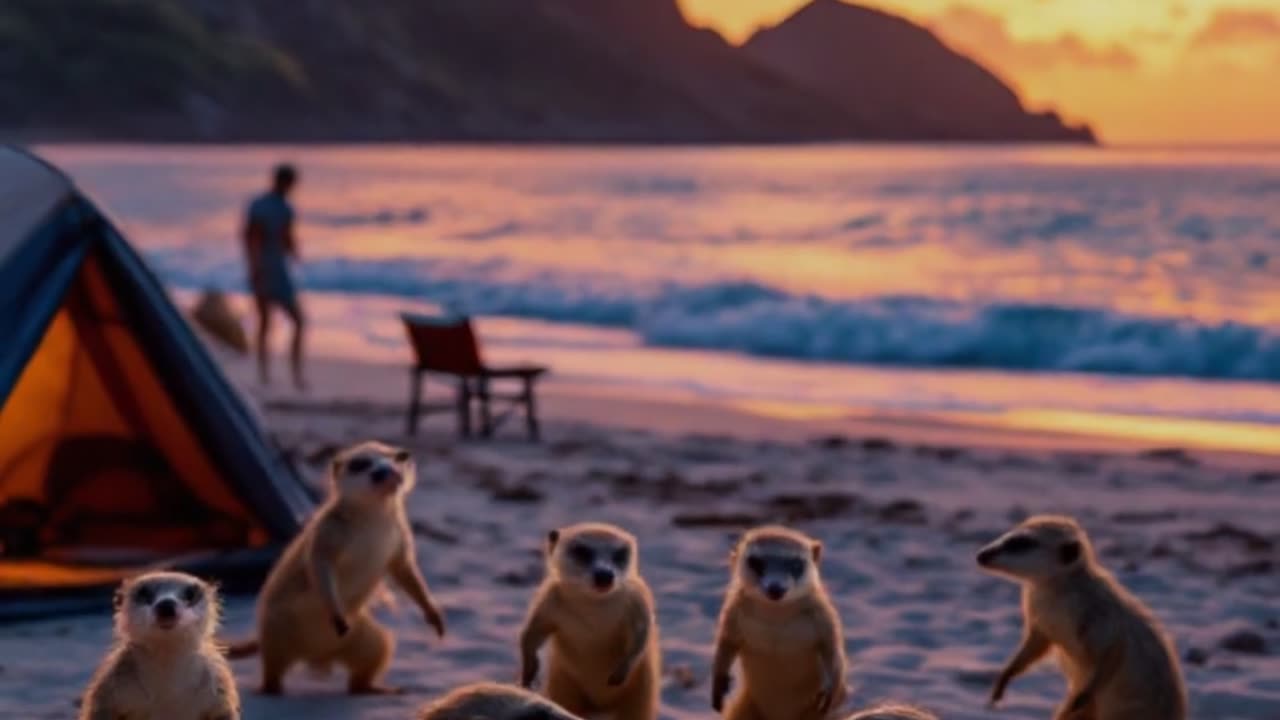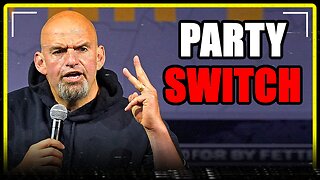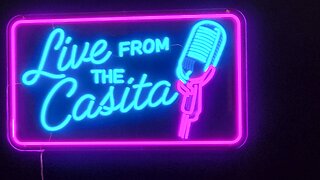Premium Only Content

How this Tiny Animal Changed History!
The Virgin Islands’ history is marked by colonization, the sugar trade, and some unusual ecological interventions. In the late 17th century, the Danish colonized the islands and began cultivating sugar cane, which was used to make rum, a valuable commodity in the colonial economy. Enslaved Africans were brought to work the plantations. However, the arrival of rats on the ships, which carried both enslaved people and goods, introduced a deadly plague that began decimating the labor force. In response, the Danish imported cobras from India and Southeast Asia in the early 19th century to control the rat population. While the cobras reduced the rats and the plague subsided, they soon became a new problem as the snake population grew uncontrollably and began attacking workers. In 1880, the Danish introduced mongooses, natural snake predators, to the islands in hopes of curbing the cobra population. While mongooses succeeded in controlling the snakes, they disrupted the ecosystem by preying on birds and other small animals. Today, mongooses are still common in the Virgin Islands, often seen by tourists stealing food from campsites. Interestingly, no poisonous snakes have been seen in the Virgin Islands for over a century, thanks to the mongoose's role in controlling the cobra population.
-
 9:05
9:05
Adam Does Movies
14 hours agoIT: Welcome To Derry Episode 3 - Recap
260 -
 14:43
14:43
Producer Michael
17 hours agoBILLION DOLLAR GOLD MOGUL'S PRIVATE WATCH COLLECTION
108 -
 38:44
38:44
State of the Second Podcast
17 hours agoThe Mini Gun Brand Everyone’s Talking About (ft. Goat Guns)
801 -
 9:59
9:59
TheSaltyCracker
14 hours agoBerkeley Communists Rob & Attack Man Outside TPUSA Event
59.1K167 -
 36:09
36:09
ZeeeMedia
14 hours agoFauci-Era Animal Experiments Continue, Texas New Push for Digital ID | Daily Pulse Ep 141
16K14 -
 2:10:12
2:10:12
Side Scrollers Podcast
20 hours agoMAJOR Hasan Allegations + Arc Raiders Review CONTROVERSY + Craig TRENDS on X + More | Side Scrollers
128K21 -
 9:24
9:24
MattMorseTV
17 hours ago $12.96 earnedFetterman is actually DOING IT...
16.6K48 -
 49:23
49:23
Live From The Casita
9 hours ago $5.01 earnedLive Music Jam
18.7K4 -
 2:55:50
2:55:50
The Pascal Show
14 hours ago $1.86 earnedMASSIVE CHAOS?! Transportation Secretary Hold Presser On Air Travel & More
13.1K2 -
 1:06:35
1:06:35
TruthStream with Joe and Scott
1 day agoZero Limits Round Table with Joe Vitale, Lisa Schermerhorn and more of the cast!
19.9K1